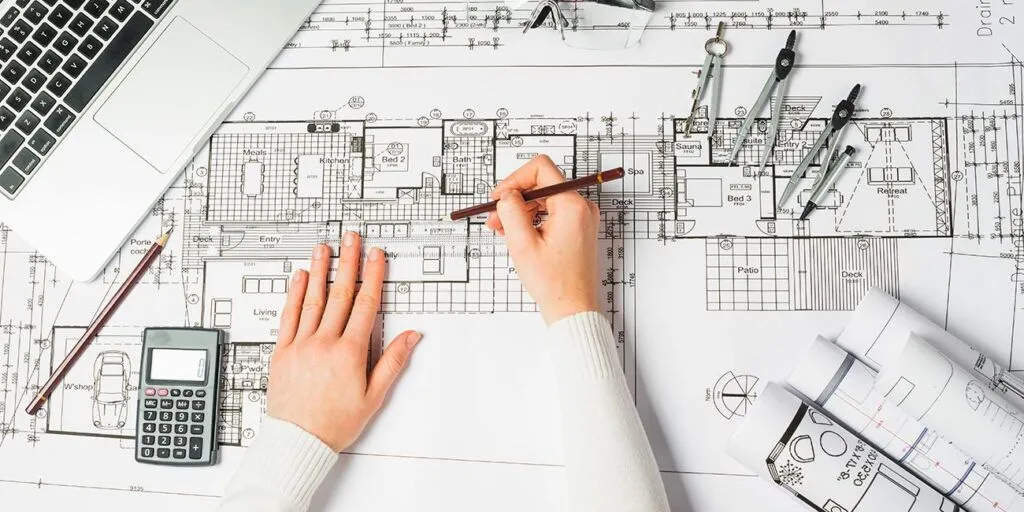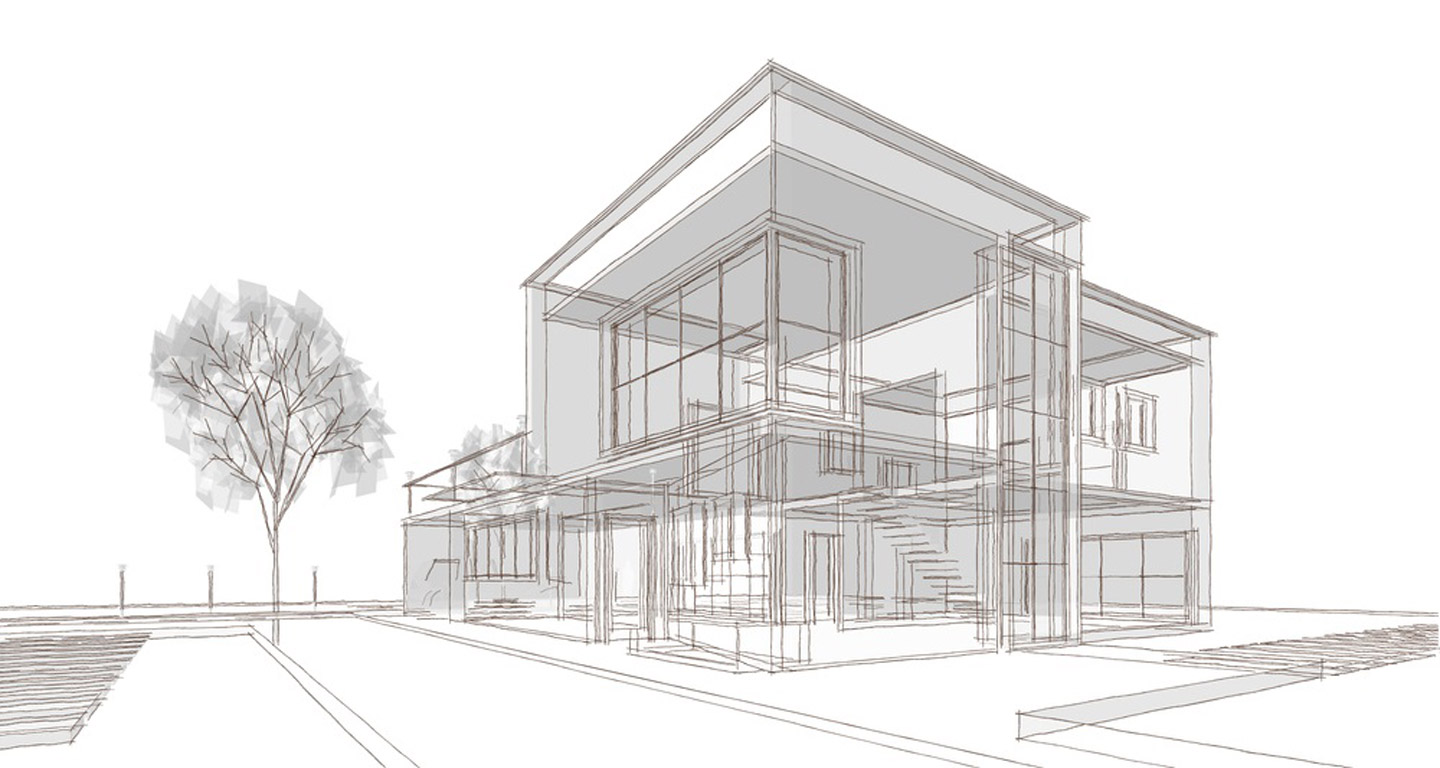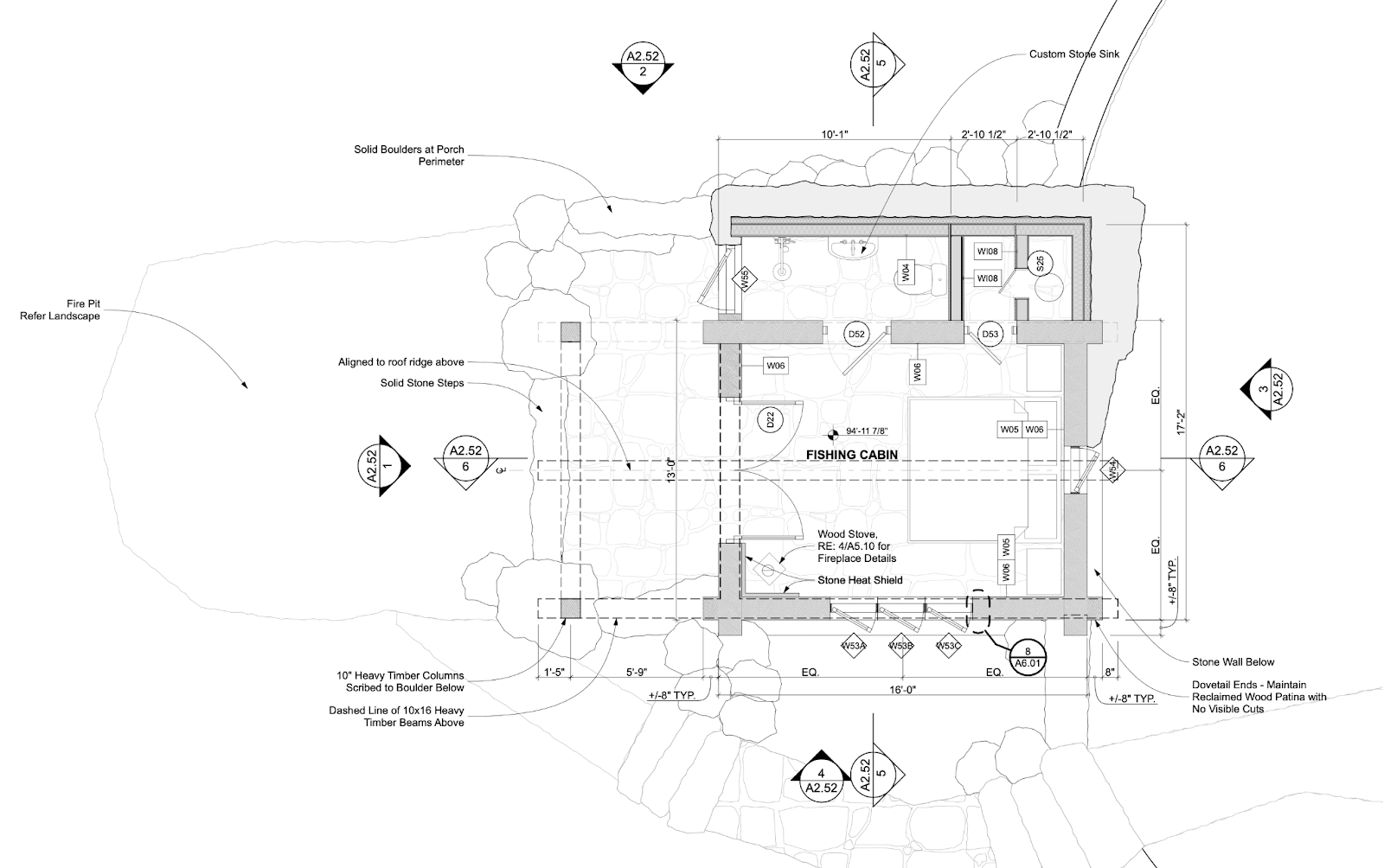Designing a building is far more than just drawing lines on paper — it’s a structured journey that transforms an idea into a tangible, functional, and aesthetically pleasing structure. Understanding the architectural design process is essential for architects, clients, engineers, and contractors alike, as it ensures efficiency, accuracy, and alignment of vision at every step.
In this guide, we’ll break down the eight phases of architectural design — from the initial concept to post-construction evaluation. You’ll learn what happens in each phase, how long it typically takes, what deliverables to expect, and why following these stages ensures a smoother, more successful project outcome.

What is the Architectural Design Phase?
The architectural design phase refers to a series of structured steps in which architects conceptualize, develop, document, and oversee the creation of a building. Each phase builds upon the previous one, ensuring that the design remains functional, feasible, and aligned with the client’s goals while meeting local building codes and regulations.
This process is not only about blueprints or material selection — it’s a collaboration between architects, engineers, clients, and contractors to create spaces that are safe, efficient, and aesthetically pleasing.
The phases ensure that:
- The project meets functional and design goals.
- Costs and schedules remain under control.
- Regulatory requirements, such as building permits, are met.
- Stakeholders have clarity and agreement at every stage
1. Pre Design

Pre-Design is a a general term for what we do before we start designing a building. This will include preliminary research on the property owner’s part and the architect. Clients do not always hire an architect for this portion. At our firm we provide pre-design architectural services quite often. This can include helping developers decide if they should purchase a property. We often do a zoning analysis in pre-design to determine what we can build. Land Surveys and site analysis are part of pre-design. The client gets a property survey by a licensed land surveyor, not an architect.
The developer may want to establish a project budget in the Pre-Design Architecture phase. To learn more about pre-design, check out another post we wrote on Pre Design Architecture. Pre-design will be determining the information we need to begin design. Here are a few factors to consider:
- Site Analysis - Survey, Geo technical, financial, etc…If we are dealing with an existing building: asbestos testing, lead testing, or other hazardous materials investigation.
- Zoning Analysis / Code analysis - Establish what you can build, as for use and size.
Specific Code Issues that may affect the project.
- Project Scope - Client must identify to the best of their ability the project scope of work.
- Project Goals - Building Program - A Building Program is a list of the proposed uses.
- Project Budgeting - Project Schedule - Sometimes this may be too preliminary to establish.
- Selection Of Project team
2. Schematic Design (SD)

Schematic Design is the first phase of design. It will account for approximately 15% of the architect’s work, and therefore the fees on the entire project as well. Of course, the percentages can fluctuate. In schematic design the architect and the owner discuss the project and any requirements provided by the owner. The architect does precedent research and analysis of the property. The analysis will include zoning and building code issues that may affect the development, as well as site analysis. Programming is part of schematic design. This is when the client provides the architect with a list of what spaces are going into the building. The architect establishes the size, location, and relationships between all the spaces.
The basic goal of schematic design is to develop the shape and size of the building with some basic design. We develop the general plan and basic exterior design in Schematic. During the schematic design phase, we figure out more or less how the building will look and operate. Schematic phase has a great deal of sketching, lots of meetings with the clients, and basic design. It is overall the fun part for the clients. Schematic is where you are really doing the general design, but not getting into deep detail.
Once the basic design is locked down and the architect provides the client with drawings, the architect and owner will agree to proceed to the next phase of design.
3. Design Development Phase (DD)

The Design Development Phase is going to be approximately 20% of the architects work and fees. In Design Development the architect and owner will work together to select materials including interior finishes and products such as windows. doors, fixtures, appliances, etc… The architect will revise the drawings with more specificity and detail than in Schematic Design. Engineering will commence on the structure, plumbing, electrical, heating/ventilation systems, energy analysis and any other project specific systems. At the end of design development, a good deal of product selection and systems design should be progressing. This phase concludes when the interior and exterior design of the building is locked in by the owner and architect. Below is a 3D rendering of a house at completion of design development. The following image is a diagram of the house showing some of the systems and materials in place.
4. Construction Documents (CD)

The Construction Documents Phase is the largest of all the phases for the architect and will be about 40% of the architects work and fees. Although the percentage may vary a little from project to project or with Different Architecture Firms. In the construction document phase the architect and engineers finalize all the technical design and engineering including structural engineering and detailing, heating air conditioning and ventilation systems, plumbing, electrical, gas, energy calculations, and all products and materials are selected and scheduled.
The architect produces multiple drawing sets including a filing set for approval from the Department Of Buildings and a separate set of Construction Drawings. You do not need to submit a full CD set to the Department Of Buildings. For example the DOB does not care what type of bathroom tiles or cabinets you are going to use. At our Architecture Firm we typically do our construction documents by making separate drawings customized for each work type. For example the electrician gets his own drawings that only show the electrical work, and the concrete contractor only gets drawings for foundations and concrete work. This reduces confusion on job sites and makes it easier for everyone to price the job and know exactly what they are responsible for. Below is a sheet from our construction documents with details of the exterior wall construction.
5. Permit Set
A permit set acts as a passport for your construction project, authorizing you to begin building. It satisfies the legal requirements set by local municipalities and must strictly adhere to building codes and zoning regulations. The permit set includes essential details like site plans, floor plans, sections, and elevations, but it doesn’t dive too deep into the technicalities.
6. Bidding

Bidding should be self explanatory. At this time the owner prepares to select the contractor for the job and sign contracts to proceed with construction. This will typically take up 5% of the architects time and fees. Multiple contractors submit bids on the job or the client can directly hire a contractor without getting competitive bids The architect’s role here will be to assist the client. We will answer contractor’s questions, provide any additional documentation if requested by the contractor. This phase can be started at the beginning of the project. You do not need to wait until all of the construction documents are completed but the price will be more accurate if you do.
If you have an exact budget in mind at the beginning of the process, we may recommend you hire a contractor early to consult. The GC can and review the schematic design, design development, and construction drawings from the beginning in order to ensure the project is within the specified budget. Only a contractor can guarantee a price for construction. Architects and cost estimators who provided budgets cannot guarantee those prices, but can provided and educated budget price.
7. Construction Administration (CA)

The Construction Administration phase of architectural services is the final phase. CA and accounts for at most 20% of the architects time and fees on a project in most cases. While this phase is the longest, it does not usually comprise the majority of the architects work. On typical projects the architect does NOT supervise construction. The architect will periodically visit the job site to see progress and ensure the contractor is following the plans. If needed the architect can review contractor’s monthly invoices to confirm work completion. The architect will be available to answer questions and provide additional information to issues that arise. During this phase it is not uncommon that some additional services for the architect arise due to change orders.
In New York City the Department Of Buildings (DOB) requires architects to perform multiple progress inspections and special inspections. The architect and engineers must submit Technical Reports to the DOB. Progress inspections are conducted by the architect. Special inspections may require a third party Inspection Agency with a specialized license.
The architect stays on the project until the the building is finished. Final inspections are all completed, and the owner obtains a Certificate of Occupancy.
8. Post-Construction Phase
The post-construction phase begins immediately after the physical construction of a project has been completed. This phase marks the transition from the construction process to the subsequent stages that focus on finalizing, inspecting, and managing the built structure. It involves inspections, testing, addressing defects or deficiencies, and preparing the project for its intended use or occupancy. The start of the post-construction phase can vary based on the complexity of the project, local regulations, and the specific requirements outlined in the project plan.
Challenges Faced During the Architectural Process
Even a well-structured architectural design process can face obstacles:
1. The Ecological Transition
The most pressing challenge for architecture firms is undoubtedly the ecological transition. Architects now need to design buildings that are not only aesthetic and functional but also sustainable and environmentally friendly.
Bioclimatic Design: Firms must master the principles of bioclimatic architecture to create buildings that naturally adapt to their environment, thereby reducing their energy consumption.
Sustainable Materials: The use of ecological, recycled, or bio-sourced materials is becoming a necessity, requiring constant monitoring of innovations in this field.
2. Digitalization of Practices
Digital transformation is disrupting the traditional working methods of architecture firms.
BIM and Digital Modeling: The adoption of Building Information Modeling (BIM) has become essential, enabling more effective collaboration among all project stakeholders.
Virtual and Augmented Reality: These technologies offer new possibilities for project presentation to clients and early detection of design issues.
3. Adapting to New Regulations
Firms must constantly adapt to an evolving regulatory framework, particularly regarding energy performance and environmental impact.
RE2020: This new regulation imposes increased requirements in terms of energy performance and carbon impact of buildings.
Zero Net Artificialization (ZAN): Architects must rethink urban planning to limit urban sprawl by promoting renovation and intelligent densification.
Mandatory electronic invoicing by 2026 : businesses will have to adopt electronic invoicing to comply with new legal obligations and facilitate trade.
4. Diversification of Services
Facing increased competition, firms must broaden their service offerings to stand out.
Sustainable Development Consulting: Many firms position themselves as experts in sustainable construction, offering consulting services beyond mere architectural design.
Interior Design and Space Planning: Integrating these skills allows firms to offer a more comprehensive service to their clients.
5. Internationalization
In a globalized world, architecture firms often need to think beyond national borders.
Adaptation to International Standards: Firms must be capable of working according to different standards and regulations depending on the country.
Remote Collaboration: Mastering remote collaboration tools becomes crucial to manage international projects and multicultural teams.
Conclusion
A well-structured architectural design process is the backbone of any successful building project. From pre-design research to post-construction inspections, each phase plays a vital role in transforming ideas into functional, safe, and beautiful spaces.
By understanding these phases, clients and architects can collaborate more effectively, manage timelines, and avoid costly mistakes. Whether you’re building a home, office, or large-scale facility, following these seven phases ensures a smoother journey from concept to reality.
FAQs
1. What is the role of an architect in each design phase?
An architect’s role evolves with each stage — from vision development in pre-design, creative planning in SD, and technical detailing in DD, to producing construction documents, assisting with permits, coordinating bids, supervising construction, and ensuring quality in post-construction.
2. What is the difference between SD and DD?
Schematic Design (SD) focuses on conceptualizing the overall look, layout, and feel of the project, while Design Development (DD) refines those concepts into detailed plans with specific materials, systems, and dimensions.
3. What are the key factors to consider when selecting materials during design development?
Durability, sustainability, cost, availability, aesthetics, and compliance with building codes are critical considerations.
4. What is the role of a client in each architectural design phase?
The client provides input, feedback, and approvals at each stage, makes decisions on budget and materials, and ensures timely responses to keep the project on schedule.



.jpeg)
